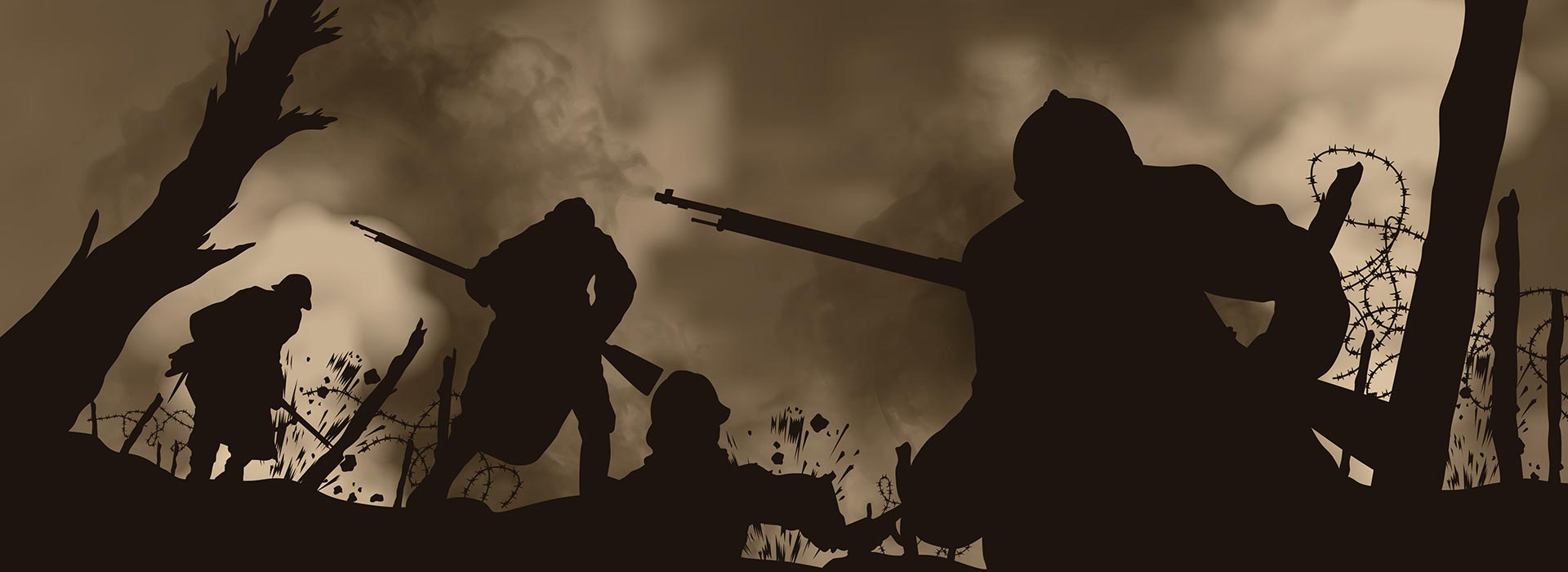Coming to Lorraine is also coming to a territory that has known two world wars, including the biggest battle of the 14-18 war: Verdun. A land where battlefields, bunkers, buildings, cemeteries and trenches have shaped its image and identity.
During your trip, we encourage you to discover the history of our beautiful region but also and especially to understand its evolution. To discover its history and its battles, a great number of cities, monuments and museums are to be visited.
Well before the First World War, Grand Est suffered a few years before the annexation of Alsace-Moselle (Treaty of Frankfurt, May 10, 1871). The 1,597,000 Alsatians and Lorrainers were then considered de facto Germans, however they could opt for French nationality before October 1, 1872, provided they left the territory. Nearly 9% of the population emigrated, mainly to Nancy, Paris and Belfort. While many Germans came to settle in this new Länder. The German language was mandatory, while the French language, after a transitional period, was no longer used. It was only on November 11, 1918 and the armistice that Alsace-Moselle was returned to France.
To learn more about this period, we invite you to visit the Museum of the War of 1870 and the Annexation of Gravelotte, 15 minutes drive from the Chambley airfield.
The battle of Verdun symbolizes the First World War. Verdun was the first to see German troops arrive, and the last to see them leave. This sad battle lasted ten months, from February 21 to December 19, 1916. It was one of the bloodiest battles in history, along with Stalingrad in 1942. It claimed more than 700,000 victims: 305,000 killed and missing and about 400,000 injured, with almost identical losses in the two opposing armies.
To immerse yourself in this first world war, go to the city of Verdun, visit the shocking site of Douaumont and its fort or its imposing ossuary.



